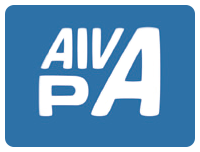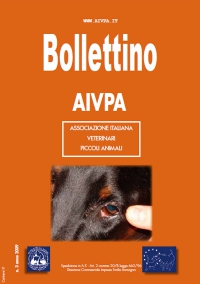Analgesia nel cane e nel gatto in particolari condizioni parafisiologiche e patologiche
Parte 2: lattazione
Authors
Della Rocca G., Bufalari A.
Dipartimento di Patologia, Diagnostica e Clinica Veterinaria Facoltà di Medicina Veterinaria - Università degli Studi di Perugia
Summary
Occasionally, nursing mothers require a surgical procedure or sustain injuries that are painful and require analgesic therapy. Analgesia is also important because a litter of pups or kittens may aggravate the painful state and may trigger aggression in the mother toward the pups or kittens. Clearly, analgesics must be administered; however, there is a lack of information on analgesic administration to lactating dogs or cats in the clinical setting. In addition to the pharmacokinetics of transfer and concentration of the various analgesics in breast milk, consideration must be given to the effects that the various analgesics may have on different stages of maturity of the puppies and kittens (ie, the neonate would potentially be more susceptible as a result of the immaturity of the haemato-encefalic barrier and of metabolizing functions). Characteristics of a drug that would facilitate secretion into milk are high lipid solubility, low molecular weight, and the nonionized (charged) state. It is estimated that the neonate receives approximately 1% to 2% of the maternal dose of a drug. The main classes of analgesics commonly used in veterinary patients are opioids and NSAIAs.
These drugs are excreted in the milk; however, in most instances in people, the quantity is small. Nevertheless, there are differences that are important to note. Unfortunately, this information is not available for the commonly prescribed veterinary analgesics. Citations herein are therefore restricted to human and laboratory animal studies.
Keywords
lactating dogs and cats, physiological and pharmacological modifications, analgesic drugs


